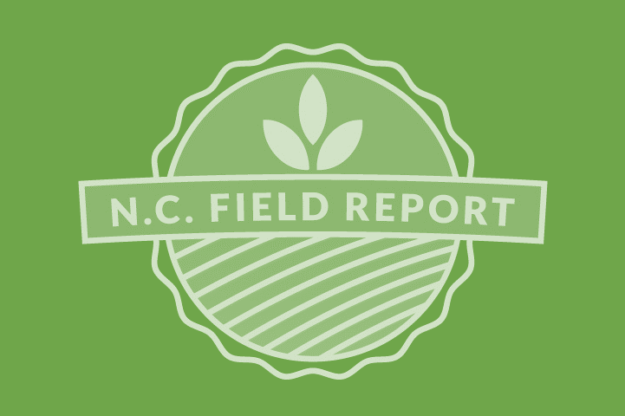Evaluating Production Practices on Your Farm
Continuing to improve soybean yields and increase profits requires constant research to fine-tune production systems. This includes research at our traditional levels like university, industry and consultant partners but it also includes research with innovative growers. One of the best ways for you to determine if a new product or practice is right for your operation…
Details









